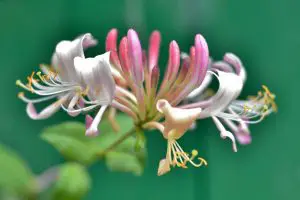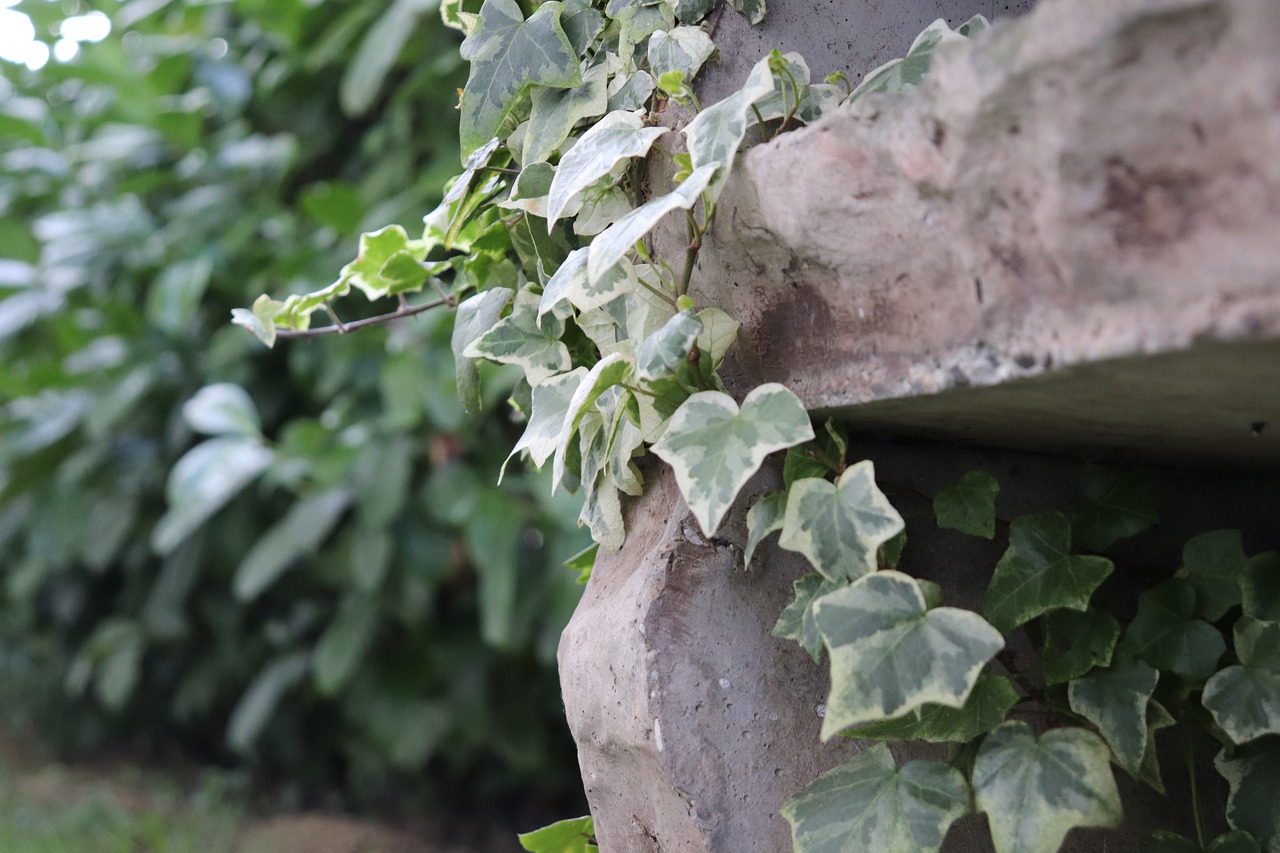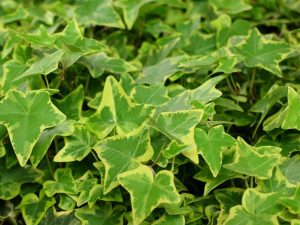Last Updated on April 11, 2024 by Real Men Sow
There are many attractive climbers who can transform the shady parts of your garden. Some people will be more comfortable on the east-facing border, which receives sun for a portion of the day. Previously, we’ve covered evergreen climbers, but in this post, we will dive into the shade-loving climbers for north-facing walls.
We collected 8 plants that are beautiful and easy to grow on your north-facing walls and fences. Some of these plants also serve as great ornamental flowers too.
Gorgeous Climbers for North-Facing Walls and Shade
Ivy
Ivy is a climbing plant with beautiful dark green foliage and can cope in the darkest shades. This is one of the best plants to lighten up the dark corners of your garden!
Star Jasmine
Star Jasmine, Trachelospermum jasminoides, produces tiny but highly fragrant flowers. It’s best to grow them on an east-facing wall that allows them to get sun even if it’s shaded for part of the day.
Rosa ‘Wedding Day’
Rosa ‘Wedding Day’, a fast-growing plant with fragrant roses that perfectly covers a wall or a boundary in partial shade. The plant can tolerate poor soil in a north-facing location but would thrive in a well-drained soil with plenty of space.
Chinese Virginia creeper
Chinese Virginia Creeper, Parthenocissus henryana, is a fast-growing and self-clinging climber. They’re known for their rich crimson color in Winter and for their beautiful vibrant color during the day.
 Honeysuckle
Honeysuckle
Honeysuckles, like the Lonicera Periclymenum, climbs over walls and fences. They appreciate shade and provide fragrant flowers.
Clematis viticella
Clematis Viticella, also called the Black Prince, can easily cover walls and fences quickly. They thrive in cool and moist shade.
Clematis alpina
Clematis Alpina are hardy despite their dainty appearance and tolerates partial shade and cold temperatures. The plant looks best cascading over a fence or a low wall, and you don’t even have to worry about pruning them!
Clematis x durandii
Clematis x durandii provides indigo blooms all throughout the summer. Its stems mostly scramble rather than climb, that’s why it’s best to tie the stems to supports as they grow for them to cover a boundary.


